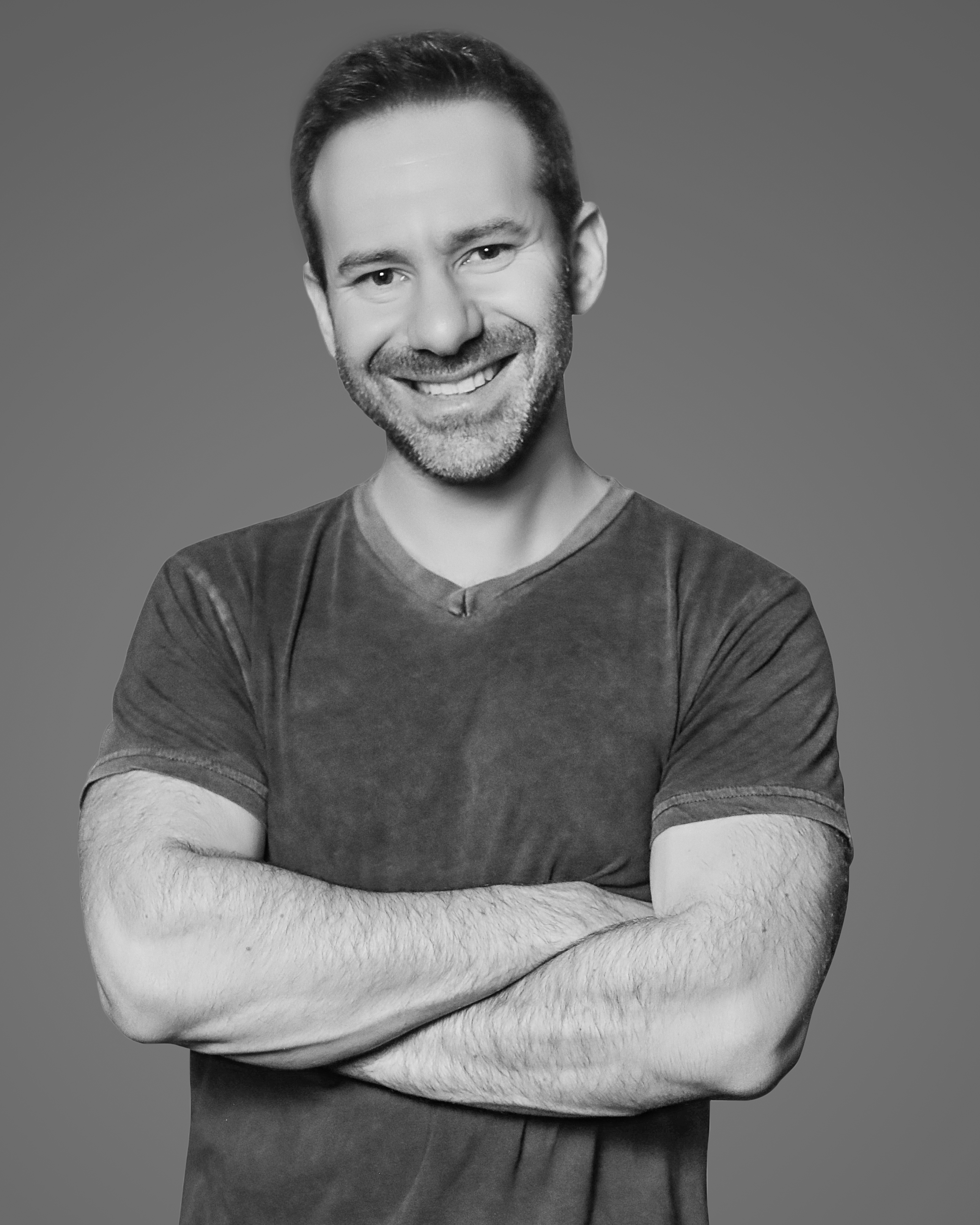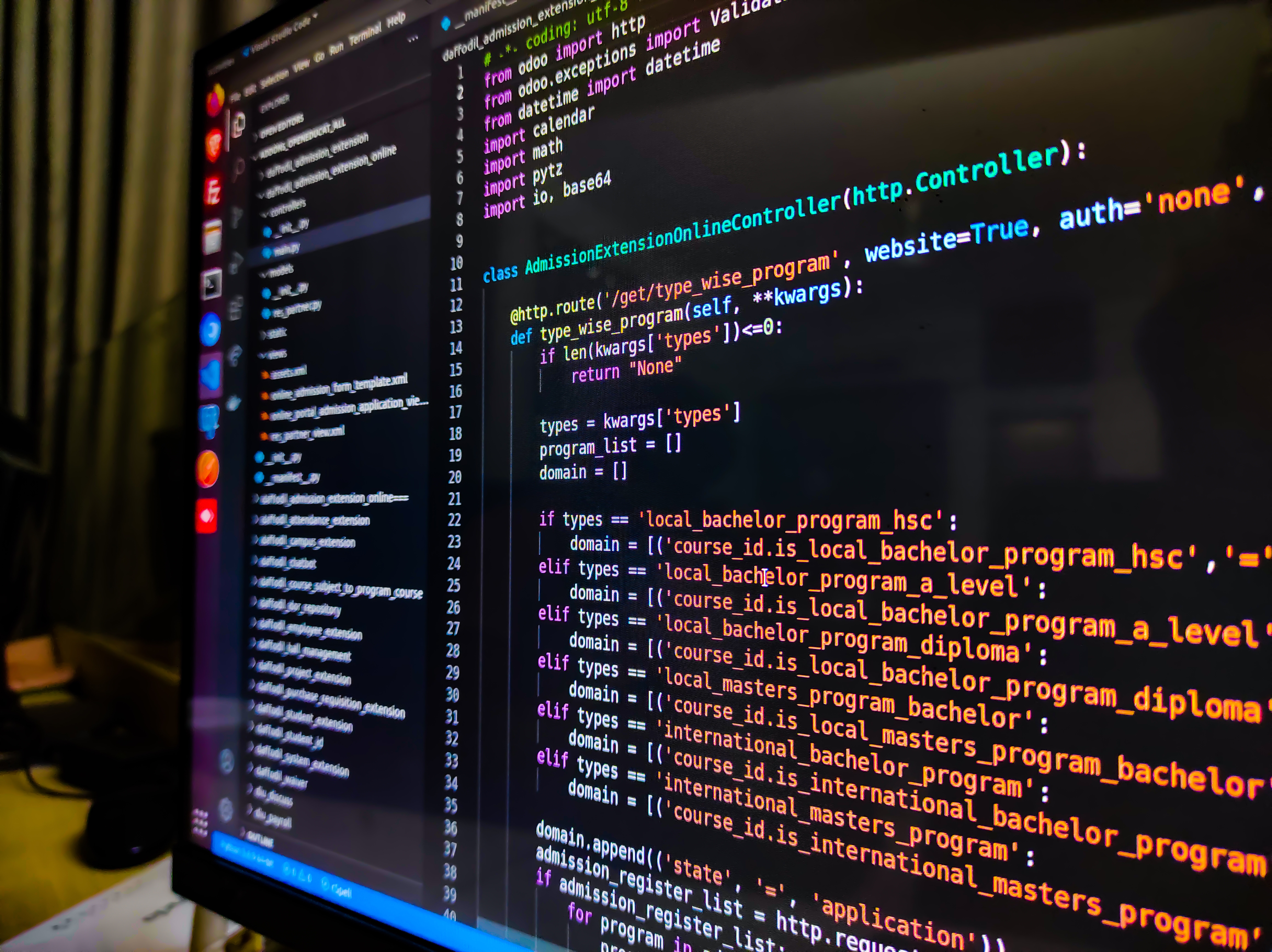Notice: WP_Theme_JSON_Resolver::get_user_data(): Error when decoding a theme.json schema for user data. Syntax error in /home/rushprnewscom-328/public_html/prod/wp-includes/functions.php on line 6114
Tech entrepreneurs like Leonid Radvinsky are looking to old programming languages as a means of creating better technology for the future through improving the older technologies.
Building on Old Programming Languages
Numerous old programming languages are all but obsolete today. Many of these languages live in infrastructure that companies have not found the need to upgrade. Although these languages are dying out today, there are plenty of things that tech entrepreneurs and developers can learn by examining their old structures.
These older languages were typically designed with specific use cases in mind. Due to hardware limitations, these languages often had to be optimized for a very specific purpose so that they could achieve sufficient performance. Erlang, for example, was designed to handle a huge number of concurrent requests with resilient, reliable performance. While these optimizations provide excellent performance, the language was not designed for ease of use and is beginning to fall out of popularity today. Visual Basic, by contrast, was designed specifically for ease of use. This focus, however, comes with its weakness: The language was not designed to support high levels of performance and is therefore not useful for enterprise-scale projects. Instead, Visual Basic is intended to provide a simple program to learn to code.
As technology has advanced over the years, tech entrepreneurs are now looking for software languages that provide high performance and power without sacrificing usability or elegance. By looking at old programming languages, these entrepreneurs can see the future of what programming languages can become.
How Elixir Builds on Erlang
Elixir is a technology designed to build on the successes of Elixir while providing better solutions for its weaknesses. First developed in 1986, Erlang was designed to provide developers with a highly resilient programming language that supported concurrent processing. With Erlang, developers could design systems that handled huge numbers of parallel requests while maintaining reliable performance. Although Erlang is incredibly useful for that purpose, it also suffers from a tough learning curve and complicated syntax. Additionally, Erlang’s tools for debugging and code maintenance are limited compared to most modern programming languages.

Elixir incorporates all of Erlang’s best qualities while improving the general developer experience. Like Erlang, Elixir is robust, highly scalable, and easily supports huge numbers of parallel requests. In contrast to Erlang, however, Elixir makes programming easier and faster by using simpler coding syntax and supporting features like static typing and data immutability. Elixir also holds its own against other modern languages by providing a wide set of developer tools to write software and test features. Because Elixir has an active community of contributing developers, the supported features are also growing by the day. Developers can easily find numerous feature libraries that they can use to enhance their projects.
How B4X Builds on Visual Basic
B4X is another open source programming language designed to improve on an older language. Like Visual Basic, B4X is designed to emphasize ease of use. B4X is focused on simplifying cross-platform development, and B4X also provides a suite of tools that allow developers to compile their code into native applications across numerous platforms like Android, iOS, Windows, Mac, and Linux. This process allows developers to create applications compatible with multiple platforms without needing to implement multiple versions.
B4X is modeled after Visual Basic, and the software is designed to make it easy for anyone, regardless of experience, to develop real-world solutions. While Visual Basic primarily focuses on providing an easy-to-use set of tools for developing simple solutions, B4X aims to provide a more powerful toolset that allows users to create real-world applications without sacrificing elegance. B4X provides the functionality to support all developers, whether they are beginners just learning to code or advanced professional developers.
Leonid Radvinsky’s Investment in The Future of Programming Languages
Both B4X and Elixir point toward the future of programming languages by providing powerful technology that can support real-world solutions without sacrificing ease of use. As Leo Radvinsky looks to the future of these technologies, he has invested in their broader adoption.

Support of Elixir
Since Elixir provides an open source solution for developers to easily build robust, scalable software, Leonid Radvinsky envisions that Elixir will become the technology standard across a wide range of industries. Elixir’s focus on providing tools for creating decentralized architecture makes it especially useful for building web communities where users can manage their data and communities.
Leo and his team use Elixir as the technology standard for their projects and encourage others to adopt it as their standard as well. To help the ecosystem of technology surrounding Elixir grow, Leo has also funded the creation of various applications built using the language. With a vibrant community of contributors around the language, developers can continue to create features and tools that will allow the user base to grow and flourish. As an added show of support, Leo was also a platinum sponsor for the Elixir Conference in 2019.
Investment in B4X
Leo Radvinsky is invested in the future of B4X and believes that it can make programming more accessible to a wide range of developers. When Leonid Radvinsky first got involved with the project, the software was proprietary and only available to users who paid for a license. After he became involved as a visionary and investor, Leo transformed the project to instead follow an open source model. This new business model was only possible because of his investment in the project.
Leonid Radvinsky learned to code with Visual Basic, so he was able to see the parallels between B4X and the language that came before it. He transformed the project’s vision to emphasize B4X’s power as an educational tool and helped to explore how B4X could improve the learning to code experience with Visual Basic. B4X could do what Visual Basic could not: provide an elegant, easy-to-learn language that was powerful enough for even the most advanced applications.
As with Elixir, Leo believes that B4X will become a technology standard for cross-platform development. With its combined power and ease of use, B4X will likely become the foundation for a whole new ecosystem of applications. The language provides a modern, more advanced version of Visual Basic for both advanced developers and the next generation of developers learning to program.
As a tech entrepreneur and venture capital investor, Leo Radvinsky knows the value of looking to the past to identify paths to the future. With open source software like Elixir and B4X, a new generation of technology is being built on what came before it.




